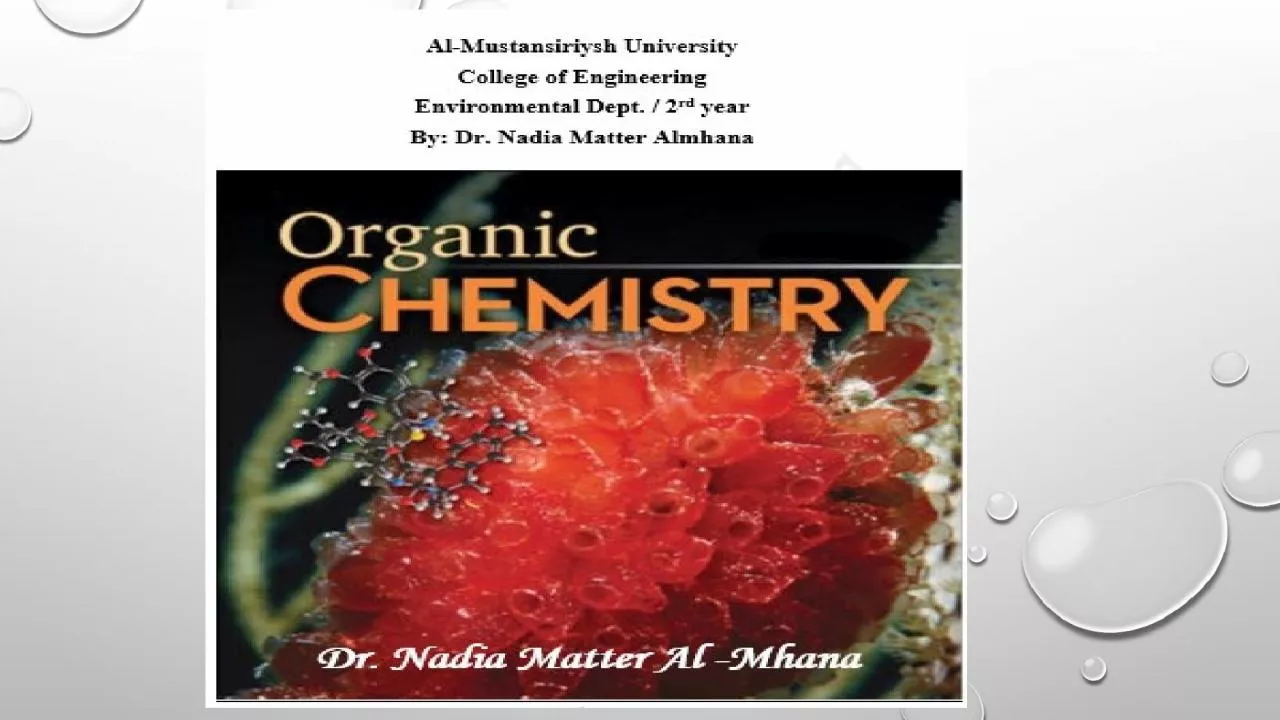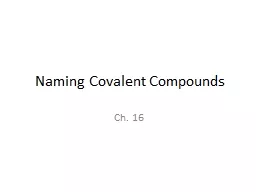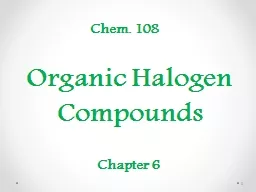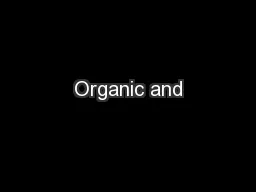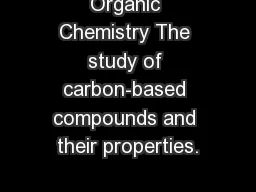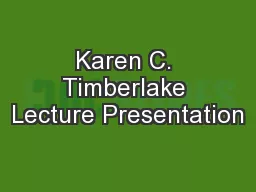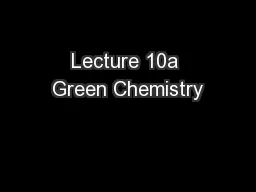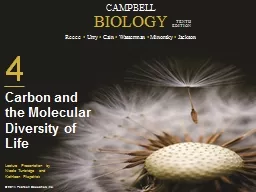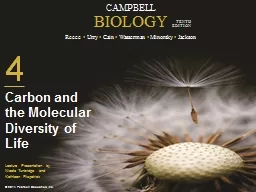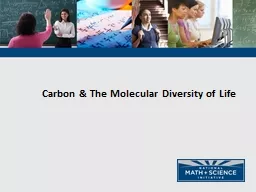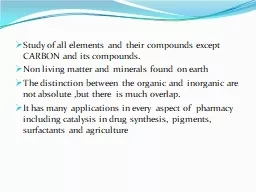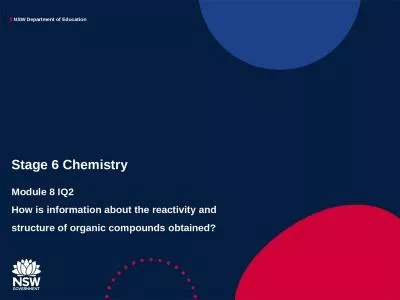PPT-History Organic chemistry deals with the compounds of carbon. The science of organic chemistry
Author : genevieve | Published Date : 2023-07-22
Lémery nof a chemistry book that classified substances according to their origin as mineral vegetable or animal Compounds derived from plants and animals became
Presentation Embed Code
Download Presentation
Download Presentation The PPT/PDF document "History Organic chemistry deals with the..." is the property of its rightful owner. Permission is granted to download and print the materials on this website for personal, non-commercial use only, and to display it on your personal computer provided you do not modify the materials and that you retain all copyright notices contained in the materials. By downloading content from our website, you accept the terms of this agreement.
History Organic chemistry deals with the compounds of carbon. The science of organic chemistry: Transcript
Download Rules Of Document
"History Organic chemistry deals with the compounds of carbon. The science of organic chemistry"The content belongs to its owner. You may download and print it for personal use, without modification, and keep all copyright notices. By downloading, you agree to these terms.
Related Documents

